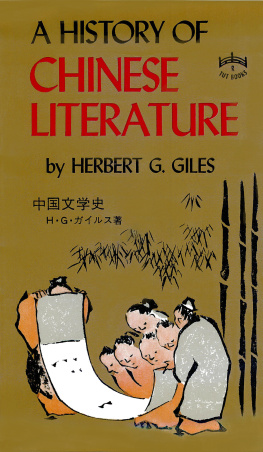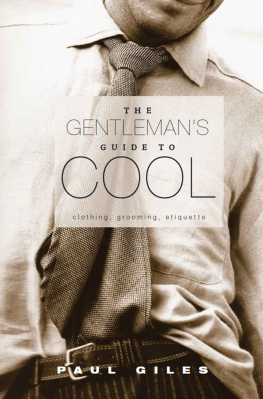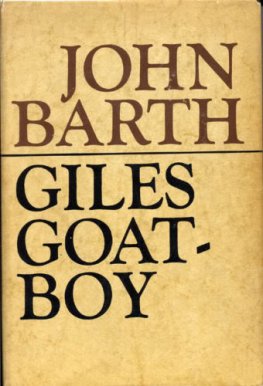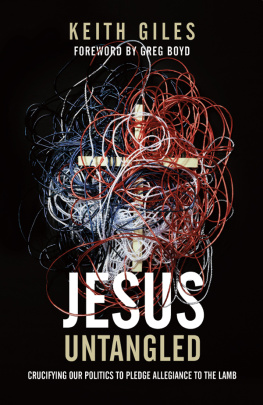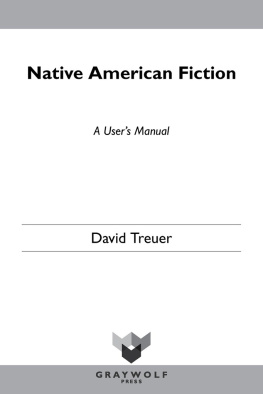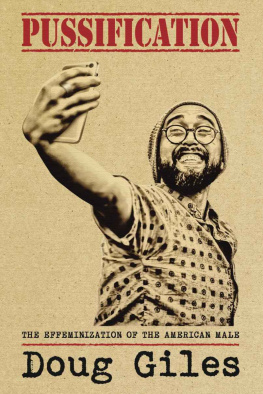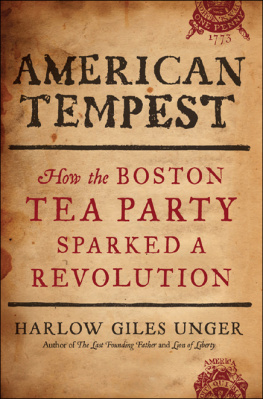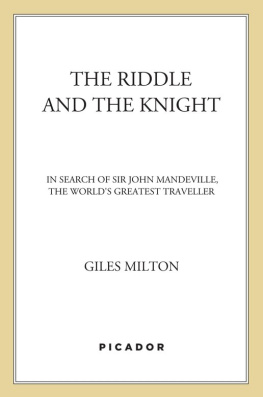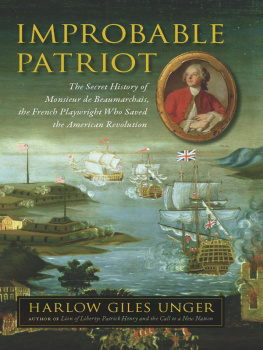
The Global Remapping of American Literature
The Global Remapping
of American Literature
Paul Giles

Copyright 2011 by Princeton University Press
Published by Princeton University Press,
41 William Street, Princeton, New Jersey 08540
In the United Kingdom: Princeton University Press,
6 Oxford Street, Woodstock, Oxfordshire OX20 1TW
All Rights Reserved
press.princeton.edu
LIBRARY OF CONGRESS CATALOGING-IN-PUBLICATION DATA
Giles, Paul.
The global remapping of American literature / Paul Giles.
p. cm
Includes bibliographical references and index.
ISBN 978-0-691-13613-4 (cloth: alk. paper) 1. American literature-
History and criticism. 2. Geography in literature. 3. Boundaries in literature.
4. Space in literature. 5. Regionalism in literature. 6. National characteristics,
American, in literature. 7. United States--In literature. I. Title.
PS169.G47G55 2010
British Library Cataloging-in-Publication Data is available
This book has been composed in Sabon
Printed on acid-free paper
Printed in the United States of America
10 9 8 7 6 5 4 3 2 1
Contents

Illustrations

Acknowledgments

This book was written entirely in Oxford, England, where I worked as professor of American literature until my move to the University of Sydney in January 2010. The project began with a series of lectures I gave in 2004 on The Deterritorialization of American Literature at the Oriental Institute, Naples; and then at Yale University, the University of Manchester, the MLA convention in Philadelphia, and, in 2005, at the University of Cambridge, as well as at a European Perspectives in American Studies conference held at the John F. Kennedy Institute of the Free University of Berlin. This talk, which became in revised form the opening chapter of this book, was also published in an earlier version in Shades of the Planet: American Literature as World Literature, edited by Lawrence Buell and Wai Chee Dimock (Princeton University Press, 2007), while an Italian translation, splendidly rendered by Cinzia Schiavini as La deterritorializzazione della letteratura e cultura degli Stati Uniti, appeared in Acoma: Rivista Internazionale di Studi Nordamericani later the same year. At the kind invitation of Lawrence Buell, a version of , dealing with the theme of medievalism in Melvilles Pierre, was also presented at the MLA convention in San Diego in 2003.
With regard to the later parts of this book, an abridged version of , on the Pacific Northwest, was given as a talk to the American Studies seminar at the University of Glasgow in November 2008. Versions of this books concluding chapter were presented in different forms as plenary lectures at the Italian Association for American Studies convention in Macerata, October 2007; at the American Studies Association of Norway/Nordic Association of Canadian Studies meeting in Bergen, October 2008; and at the MELUS-India conference held in Shantiniketan, West Bengal, November 2008. The Italian and Indian associations subsequently published different forms of this talk in their volumes of conference proceedings.
I owe specific thanks to Nancy Crampton, who graciously allowed us to reproduce her photographic portrait of Philip Roth; to Ursula K. Le Guin, for permission to use a map from her book Always Coming Home; and to Rosemarie Cerminaro, at Simon and Schuster in New York, whose assistance with obtaining other copyright permissions for illustrations was invaluable. Other, more personal debts are not so easy to quantify. Many have observed before that as academic authors move through their careers their prefaces tend to get shorter, not because there are fewer people to acknowledge but because the webs of influence and indebtedness become increasingly entangled and so more difficult to identify. I certainly benefited from the resources at Oxford Universitys Rothermere American Institute (RAI), of which I was director between 2003 and 2008, where there was not only a splendid library but also a stream of distinguished visitors from the worlds of academia and public affairs willing to engage in discussions about the place of the United States in the contemporary world. (My reference in the introduction to a senior diplomatic figure from the U.S. Embassy in London derives from a talk given under Chatham House rules at the RAI.) I also served as president of the International American Studies Association (IASA) between 2005 and 2007, and my own work was assisted, probably in oblique and subliminal ways, by the kinds of awkward, uncomfortable questions about American global relations that were posed at the IASA congresses held at Ottawa in 2005, Lisbon in 2007 and Beijing in 2009. One of the characteristics of academic life since the development of the Internet in the mid-1990s has been the feasibility of exchanging ideas with colleagues over a much wider geographical range, and with much greater ease and frequency, than had previously been possible, thereby creating the valuable resource of a virtual scholarly community alongside the more immediate local one. This has been crucial not only to the development of my own work since I returned to Britain from the United States in 1994 but also, I think, to how the field in general has evolved over the past fifteen years. Across a broad international spectrum, my work has been helped in various dimensions by exchanges with interlocutors in different locations: in Australia, Ian Tyrrell; in Germany, Georgiana Banita, Winfried Fluck, and Heinz Ickstadt; in India, Manju Jaidka; in Ireland, Liam Kennedy; in Israel, Shira Wolosky; in Italy, Marina Camboni, Cristina Giorcelli, Giorgio Mariani, and Renata Morresi; in Japan, Sheila Hones, Julia Leyda, Tatsushi Narita, and Takayuki Tatsumi; in the United Kingdom, Susan Castillo, Dick Ellis, Richard Gray, Susan Manning, Michael OBrien, and Stephen Shapiro; and in the United States, Rachel Adams, Jonathan Arac, Bill Boelhower, Larry Buell, Jacqueline Vaught Brogan, Wai Chee Dimock, Jane Desmond, the late Emory Elliott, Sandra M. Gustafson, Andrew Hoberek, Gordon Hutner, Djelal Kadir, Bob Levine, Joel Pfister, Larry J. Reynolds, Sandhya Shukla, Len Tennenhouse, and Werner Sollors, as well as Hanne Winarsky at Princeton University Press. One of the readers for Princeton of this manuscript was Don Pease, and I owe him a particular debt of gratitude for many acts of scholarly generosity extending back now over two decades.
Oxford
November 2009

Next page

